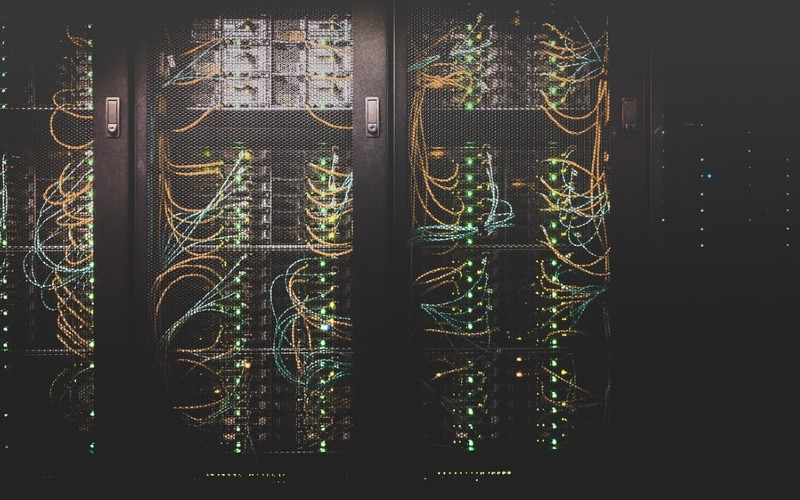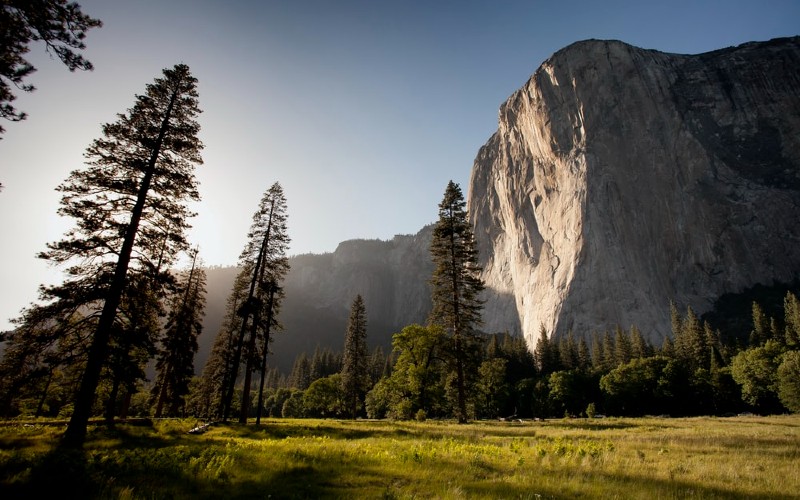Society is becoming more and more aware of the damage our excessive consumerism is doing to our planet. The green revolution took place in many countries but there are still regulations that need more severe implementation. One of the markets that should be more looked upon is the tech industry. We wrote before about the green revolution in Germany. In this article, we will take a closer look at the basics of the green web and why it’s essential in today’s world.
Environmental Impact of the Internet
People tend to notice all of the waste when it comes to hardware and how much energy it uses. But when it comes to the Internet, the public is simply not aware of how much power and space it actually needs to function. The truth is, the environmental impacts of the Internet are vast.
Not Everything is a Cloud
An imaginary picture of the Internet is simply a cloud, but this cloud isn’t invisible and isn’t made of air. All of the servers and equipment take up a lot of space and material and the problem with conventional hosting is real. Hosting providers have large data centers with racks full of servers.
The servers run around the clock, generating heat and using a lot of energy. The use of electronic devices, cooling of the servers, and other tech tools leave a big carbon footprint, meaning it directly contributes to growing carbon emissions. Estimated value of CO2e emission by a cloud server is 458 kg per year, and on-premise server is 916 kg per year.
What is a green website?
A green website is characterized by having a neutral carbon footprint. It could be done by using eco-friendly hosting and optimizing the website according to sustainable practices. The carbon footprint of a website is the measure of how much greenhouse gas is emitted in the creation and maintenance of the site.

What is Green Web Hosting?
Green web hosting refers to a more efficient way to use and manage the internet. It helps reduce the consumption of fossil fuels and cuts back on greenhouse gas emissions. This innovative technology allows companies to reduce their environmental impact and save money in the long run. But what does it mean exactly?
Green Hosting Uses Renewable Energy Sources
A hosting provider that uses green hosting is powered by renewable energy sources such as wind or solar power. In addition, green web hosts use energy-efficient hardware and data center designs.
These renewable energy sources are, for example:
1. Reclaimed water
2. Wind energy
3. Solar energy
4. Geothermal energy
These are only a few examples of green energy sources that web hosting companies use. Best green web hosting providers implement more than one of these solutions. This type of fuel is generated from natural resources that are constantly replenished. So, it doesn’t produce harmful emissions that contribute to climate change and global warming.
Efficient Hardware
In order to reduce energy consumption, servers and data centers need to use efficient hardware. This type of hardware is designed to use less power without sacrificing performance and provides exactly the same services as a non-efficient one.
Some examples of efficient hardware are:
- Low-power processors
- Power-efficient hard drives
- Energy-saving Ethernet ports
- LED lighting
The first hosting companies have made a long way to transform in an environmentally friendly manner. The web hosting industry is coming up with more and more ways to improve the hardware and we can expect new green hosting solutions to emerge at any moment.

Data Center Design
The design of the data centers is also important in the overall efficiency. The layout of the servers and other equipment can have a big impact on how much power is used. Some ways to improve data center design are:
- Cooling the servers with outside air instead of air conditioning
- Placing the data center in a cooler environment
- Using energy-efficient UPS systems and equipment
- Having efficient power management software
- Monitoring and repairing equipment regularly
All of these methods help reduce the amount of energy used to power and cool the data center.
Green User Experience
After choosing an appropriate green hosting provider, the website still has the chance to be improved. The other part of being green means that the outline of the website should be as simple and readable as possible. The goal is to shorten the time a user spends on the page when looking for an answer to questions.
Colour Scheme
Energy efficiency can be achieved by using low-energy solutions, like optimized colour schemes. Of course, it is necessary to maintain a website’s branding and style, but there are ways to do it without using high-energy colours. The darker the website design, there is less energy needed to illuminate the screen. However, this is not the only aspect that should be taken into account when designing a green website.
Layout
The layout of the website is also an important factor to take into account. Having a minimalist design, as well as using default fonts, that doesn’t require uploading on the server, will help reduce energy consumption. Website architecture should involve internal linking to help the user navigate. Implementing a site map can be also a helpful solution.
Images
When adding images to a website, it is important to use files that have low resolution. This will help reduce the load time of the page and conserve energy. It may seem trivial but even one kilobyte of data carries an extra cost and can have an immense impact on carbon emission.
Content
The most important thing is not to flood the user with extreme amounts of unnecessary and irrelevant information. It means that all of the filler information, that doesn’t provide informational, transactional, navigational, or entertainment value, should be removed.
Content creators should take into consideration all the factors that make content relevant. This means creating something easy to understand for the target audience and containing all of the crucial data and facts.

Green Washing
Many companies want to hop on the green trend and preach about eco-friendliness without participating in any green initiatives. Before choosing the right green solution, clients should check if the company uses clean energy and has renewable energy certificates. It also applies to the web host, as they should be closely screened before making the decision to trust them.
Creating a Healthy Digital Ecosystem
The question “how” has been answered, but we can look a little bit closer at the question “why”. From the business perspective, the green internet might seem like a fad or whim, but it’s extremely far from the truth.
Creating a healthy digital ecosystem should be a responsibility, furthermore, it should be regulated, just like the efforts to reduce greenhouse gas emissions in the physical world.
Price of Going Green
As people are becoming more aware of the dangers of climate change, companies simply can’t afford not to go green. In the long run, it saves the costs of energy and water bills, as well as reduces environmental impact.
Hidden Benefits of Going Green
Green hosting and green website optimization improve public image and can attract new customers as well as employees.
Environmental, Social, and Governance
The green revolution is a process and ESG with digital transformation is used to determine the path. The ESG guidelines are a set of important standards in socially and environmentally aware investing.
Digital transformation can be a catalyst for change and evolution, even for the businesses that are just starting. If the companies put the equivalent amount of attention to going green as they do to other structural changes, going green would become extremely smooth.
The Green Workplace
Going green will give the employer access to conscious employees that want their job to have a positive impact on the environment. The modern workplace is changing and becoming more environmentally responsible. The green workplace is not only a trend but a movement that is gaining popularity with each passing day.

Conclusion
In conclusion, there are many ways in which a website can be made more sustainable. And the impact even one website makes is invaluable. When it comes to making a difference, every little bit helps.
Creating a green website is not only an environmentally friendly choice but it can also have multiple benefits for businesses and their clients. From reducing energy consumption and greenhouse gas emissions to attracting new customers and employees, going green is the right thing to do for everyone.
All it takes is a small effort and a drop of creative thinking to make our online world a little greener. If we all make small changes in our lives and our businesses, it can have a big impact on the environment. So, let’s all do our part and make the switch to green hosting. It’s the right thing to do for the planet.


